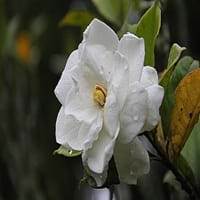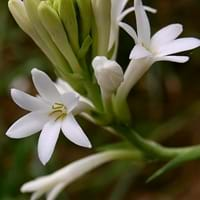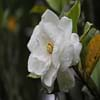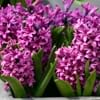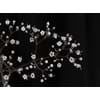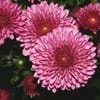Color
White, Yellow
Pink, White, Yellow
Color Meaning
White - Purity and Innocence, Yellow - Happiness and Friendship
Pink - Sensitivity and Love, White - Purity and Innocence, Yellow - Happiness and Friendship
Line
Not Available
Not Available
Silhouette
Not Available
Not Available
Blossom Texture
Not Available
Not Available
Form
Not Available
Not Available
Sunlight
Full Sun, Part Sun
Full Sun
Watering
Diligently
Enough
Type of Soil
Well-drained
Well-drained, Sandy
Essential Fertilizers
Manganese, Nitrogen, Phosphorus, Potassium
Lime stone, Nitrogen
Common Pests and Diseases
List of Pests
Aphids, Mealybugs
Aphids, Mites, Thrips
List of Diseases
Powdery Mildew, Root Rot, Stem Rot
Nematodes, Stem Rot
Bloom Time
Spring Season
Late-Summer Season, Mid-Summer Season
Origin
Africa, Asia, Australasia, Oceania
Mexico
Interesting Facts of
- The national flower of Pakistan is Gardenia and is named after a famous botanist, Dr Alexander Garden.
- It turns coffee colored brown if touched by water.
- Tuberose flower blooms only at night and it is the only time when it is active. Due to this these are also called as “Night Queen”, “Mistress of the Night”, or “Raat ki Raani” in Hindi.
- In Hawaiian weddings, it is a tradition for the bride to wear a Tuberose wreath.
.
Lifespan
Annuals - complete its full life cycle in one growing season
Perennials - a plant that lives for three or more years
Flower Meaning
Not Available
Astrological Flower
Not Available
Birth Month Flower
Not Available
Flower Availability
Not Available
Uses
Not Available
Not Available
Health Benefits
Best remedy for Cough & Cold, Cures abdominal diseases, Good remedy for Diarrhea, Prevents Intestinal Ulcers
Good remedy for Diarrhea, Prevents Intestinal Ulcers
Medicinal Uses
Acts as a antidepressant, Acts as an anti-inflammatory, It has anti-bacterial and anti-fungal properties
Acts as a antidepressant, Acts as a antispasmodic, Acts as an anti-inflammatory
Culinary Uses
Preserved in honey, Used as flavor food in deserts and ice creams, Used in pickles, Used in salads, soups and sandwiches
Used in salads, soups and sandwiches
Design Uses
Not Available
Cosmetic Uses
Used in Perfumes, Used in shampoos and soaps, Utilized in making essential oils
Used in Perfumes, Utilized in making essential oils
Occasional Uses
Wedding
Decoration, Wedding
Allergy
Asthma, Contact Dermatitis
NA
Common Name
Not Available
Scientific Name
Gardenia jasminoides
Polianthes tuberosa
Sub kingdom
Tracheobionta
Tracheobionta
Super Division
Spermatophyte
Spermatophyte
Division
Magnoliophyta
Magnoliophyta
Order
Gentianales
Asparagales
Class
Magnoliopsida
Magnoliopsida
Family
Rubiaceae
Asparagaceae
Sub Family
Ixoroideae
Agavoideae
Genus
Not Available
Not Available
Number of Species
Not Available
Not Available
More about Gardenia and Tuberose Facts and color
You must be curious to know more about Gardenia and Tuberose facts and color. flowers.comparespecies.com will let you know all the Interesting Facts about Gardenia and Tuberose. Gardenia comes in White, Yellow colors whereas Tuberose flowers are with Pink, White, Yellow colors. Other Gardenia and Tuberose facts will definitely amuse you.
Gardenia and Tuberose growing conditions
Absolute growing condition is the only key to keep plants in good health and in good shape. Let’s learn about essential Gardenia and Tuberose growing conditions. Gardenia requires Full Sun, Part Sun and Diligently watering with 4.50 of Well-drained soil. Tuberose needs Full Sun and Enough watering with 6.50 of Well-drained, Sandy soil. Get other Gardenia and Tuberose facts in the sections below.
Gardenia and Tuberose Facts
Want to know about Gardenia and Tuberose facts? Get all the Gardenia and Tuberose facts here.
Gardenia and Tuberose Classification
After knowing about various Gardenia and Tuberose facts, let's study their classification. Based on genetic and physical features, Gardenia and Tuberose classification starts with knowing their scientific name. The scientific name of Gardenia and Tuberose is Gardenia jasminoides and Polianthes tuberosa respectively. Gardenia belongs to Rubiaceae family whereas Tuberose falls under Asparagaceae family. Also check out Flowers by Color so as to plant colorful aroma in the garden.
